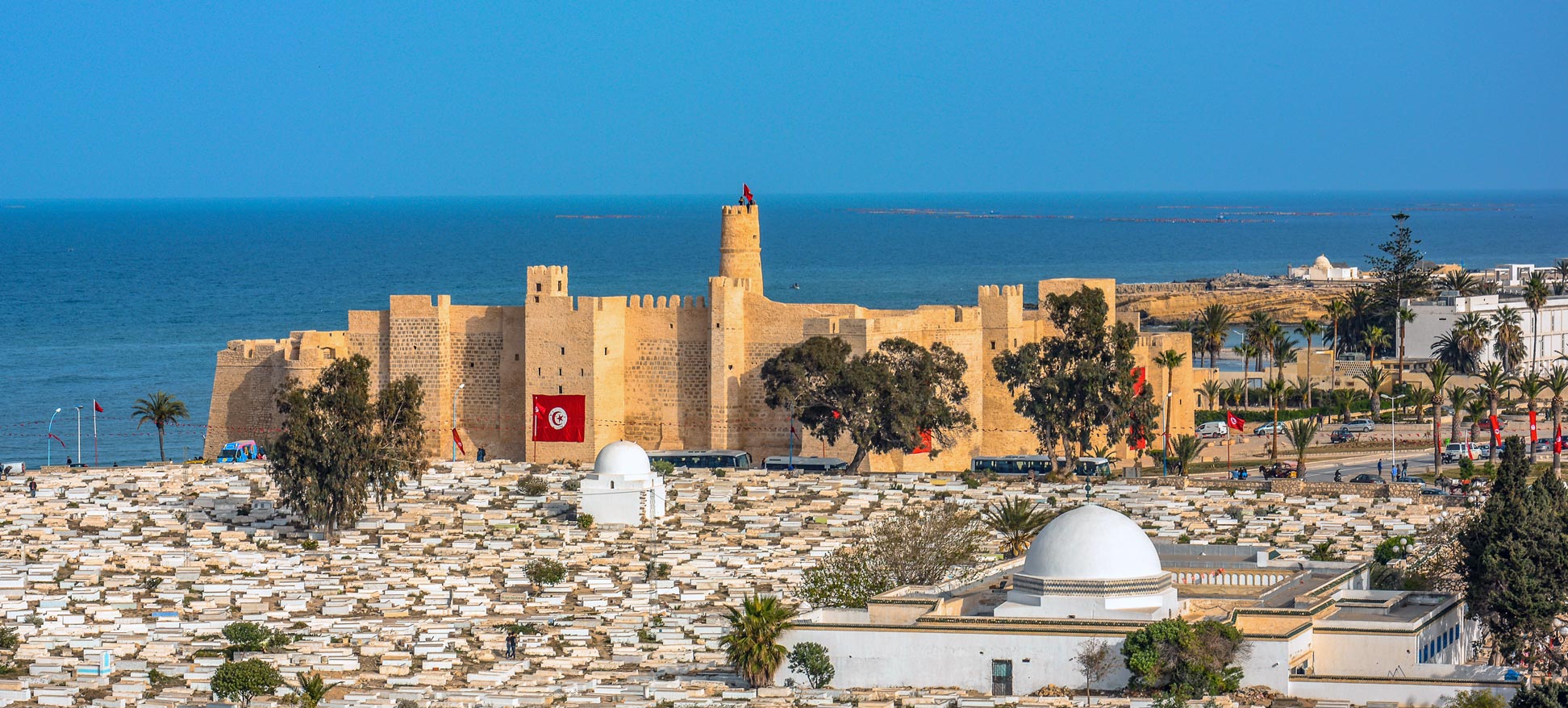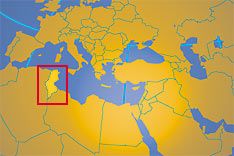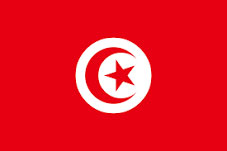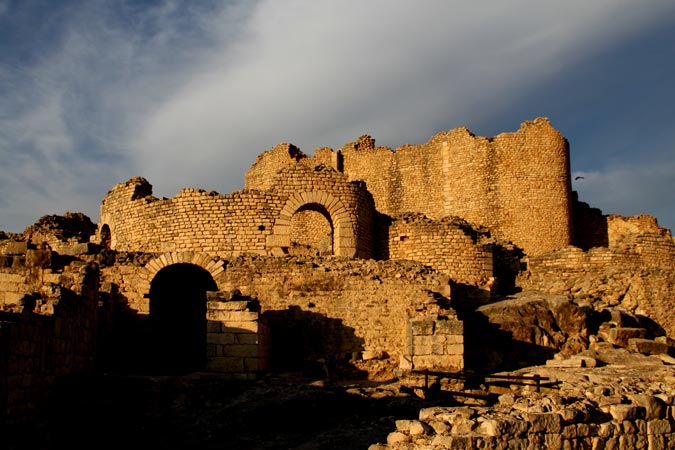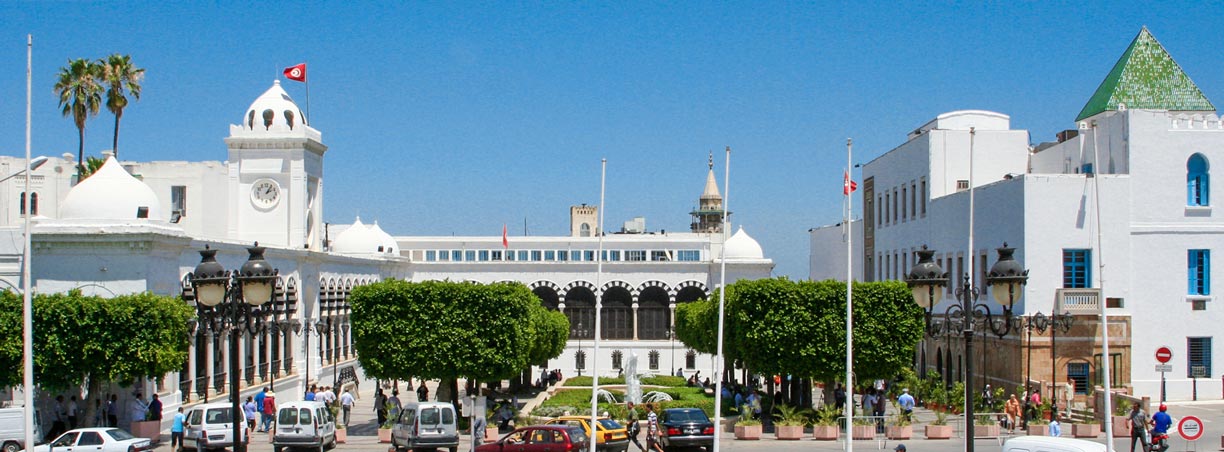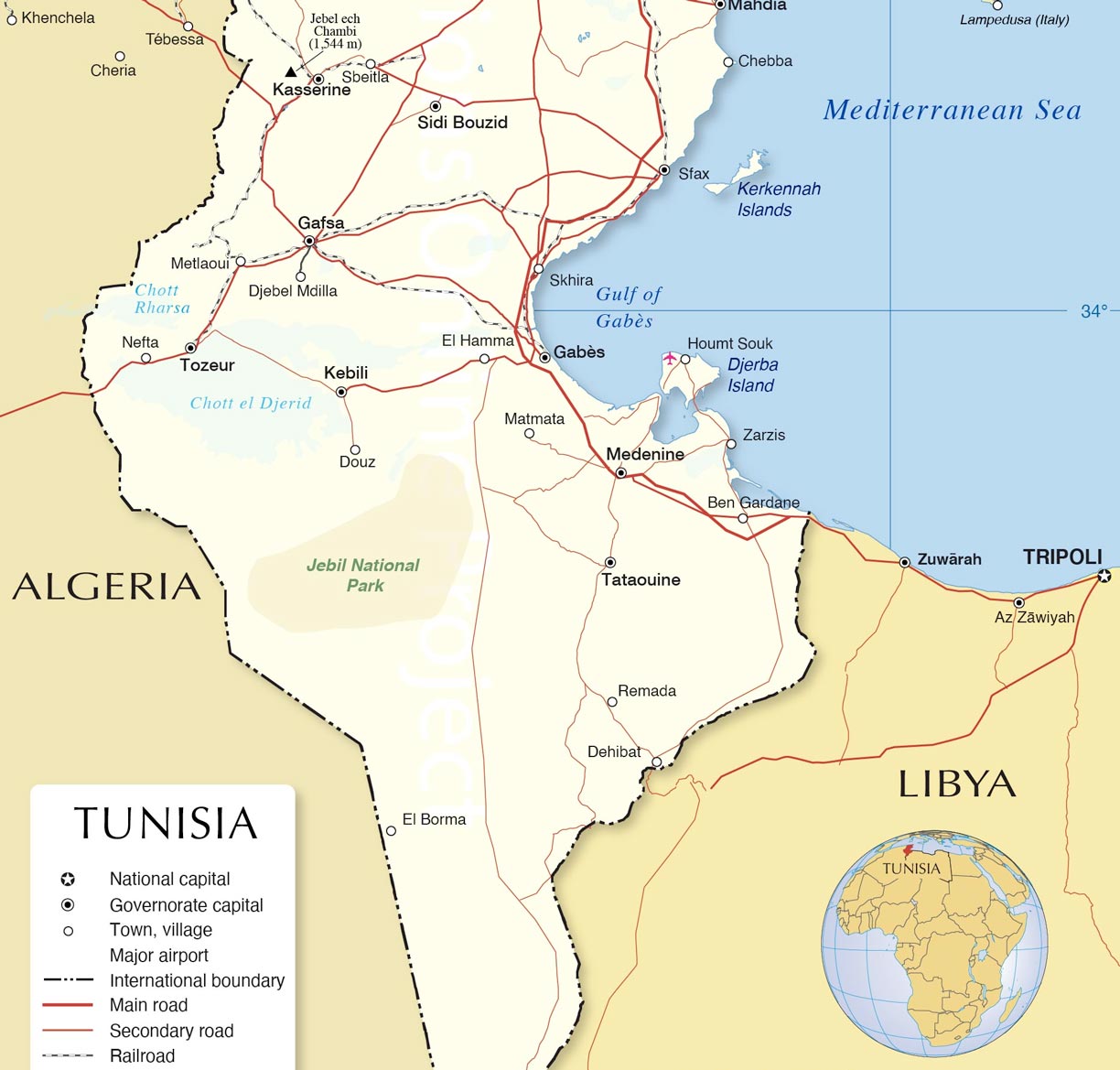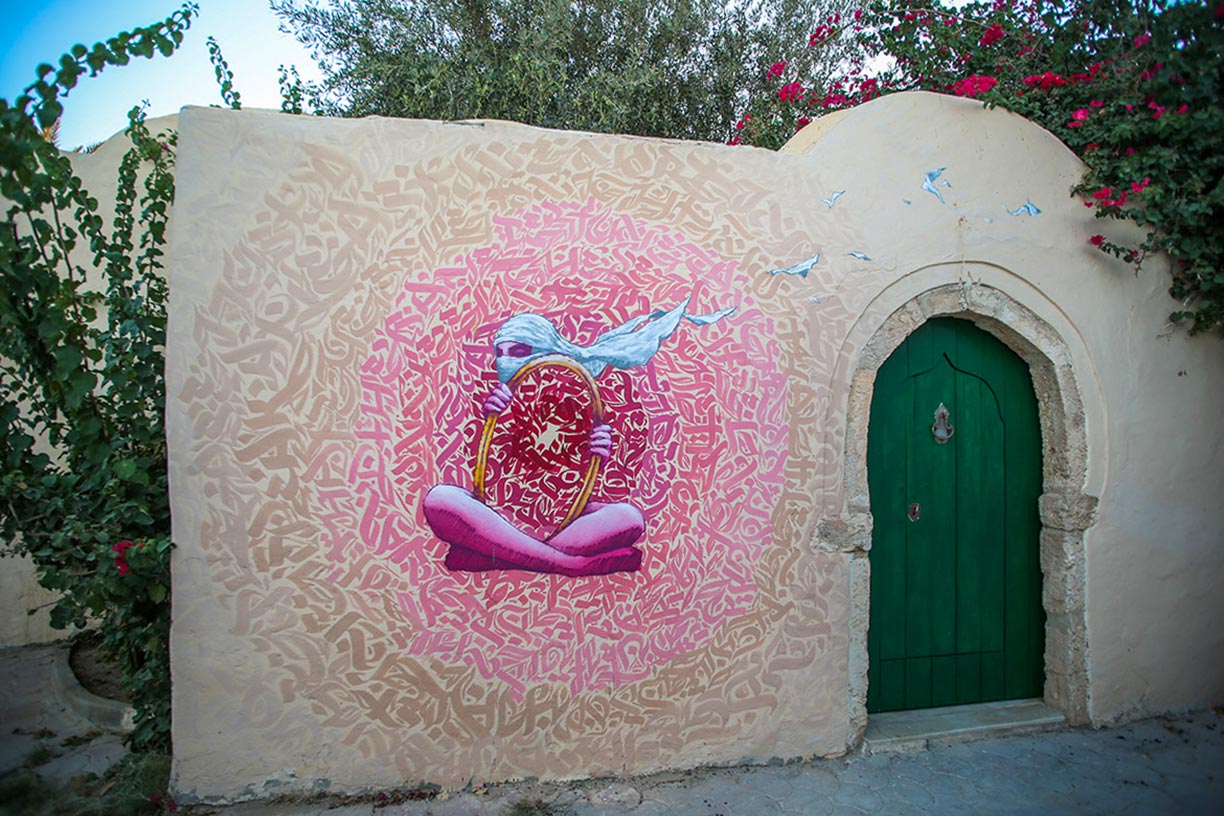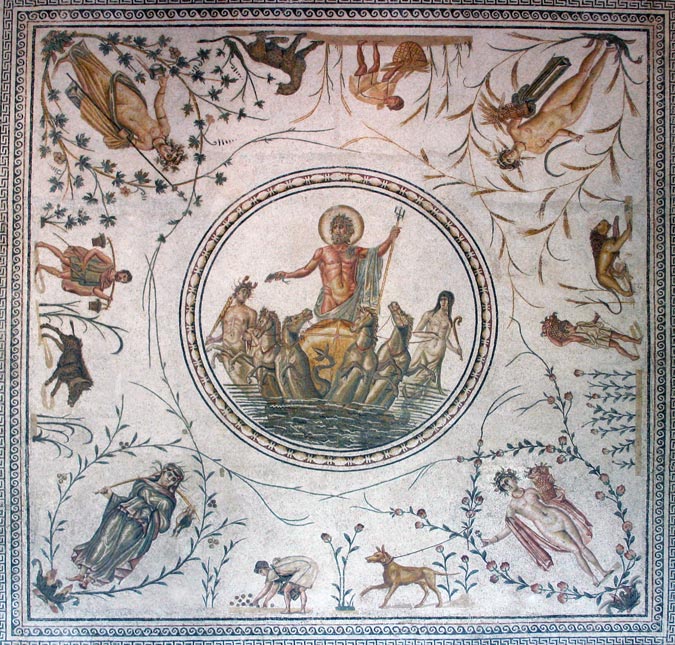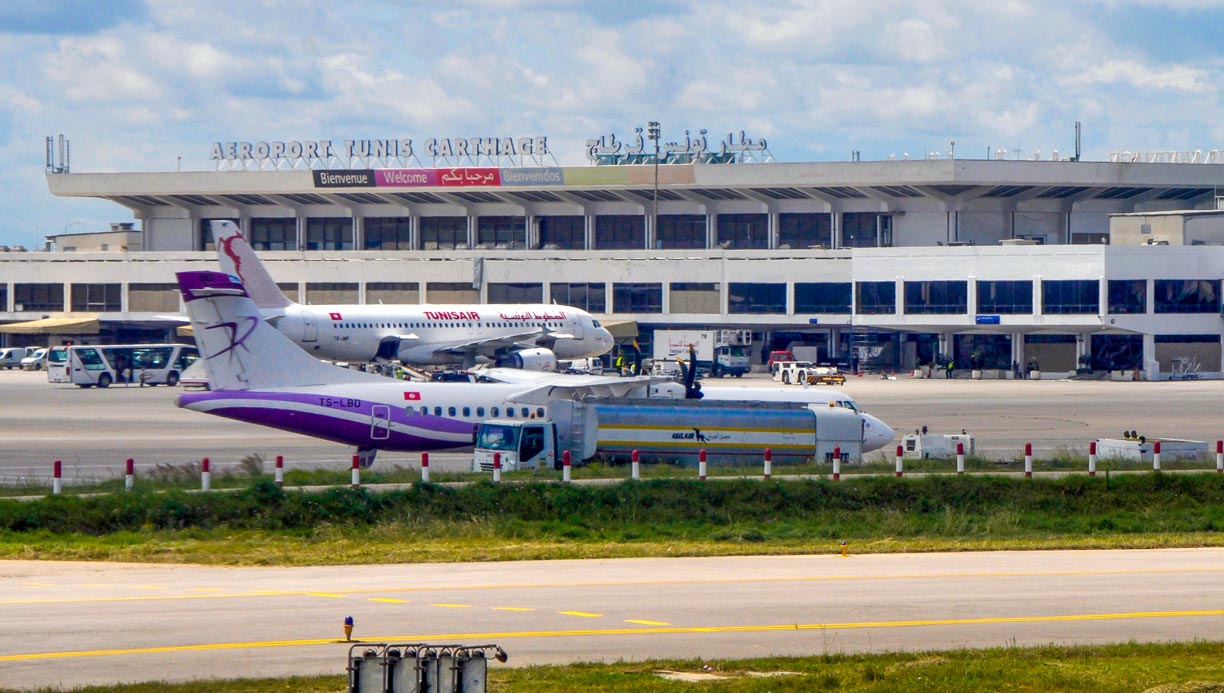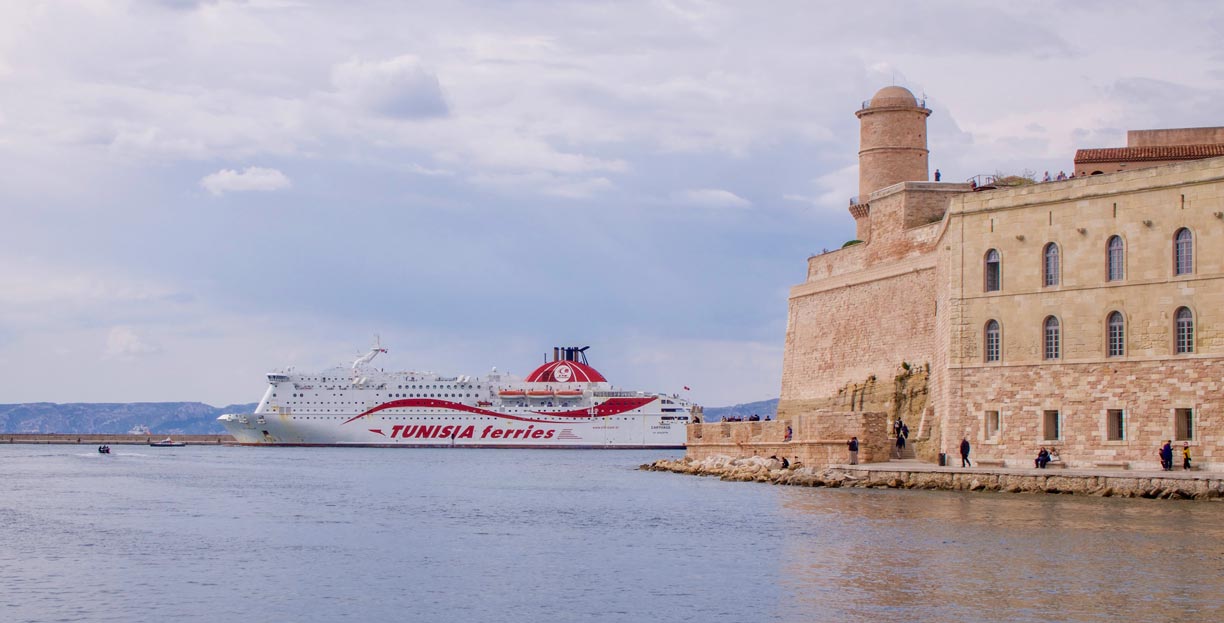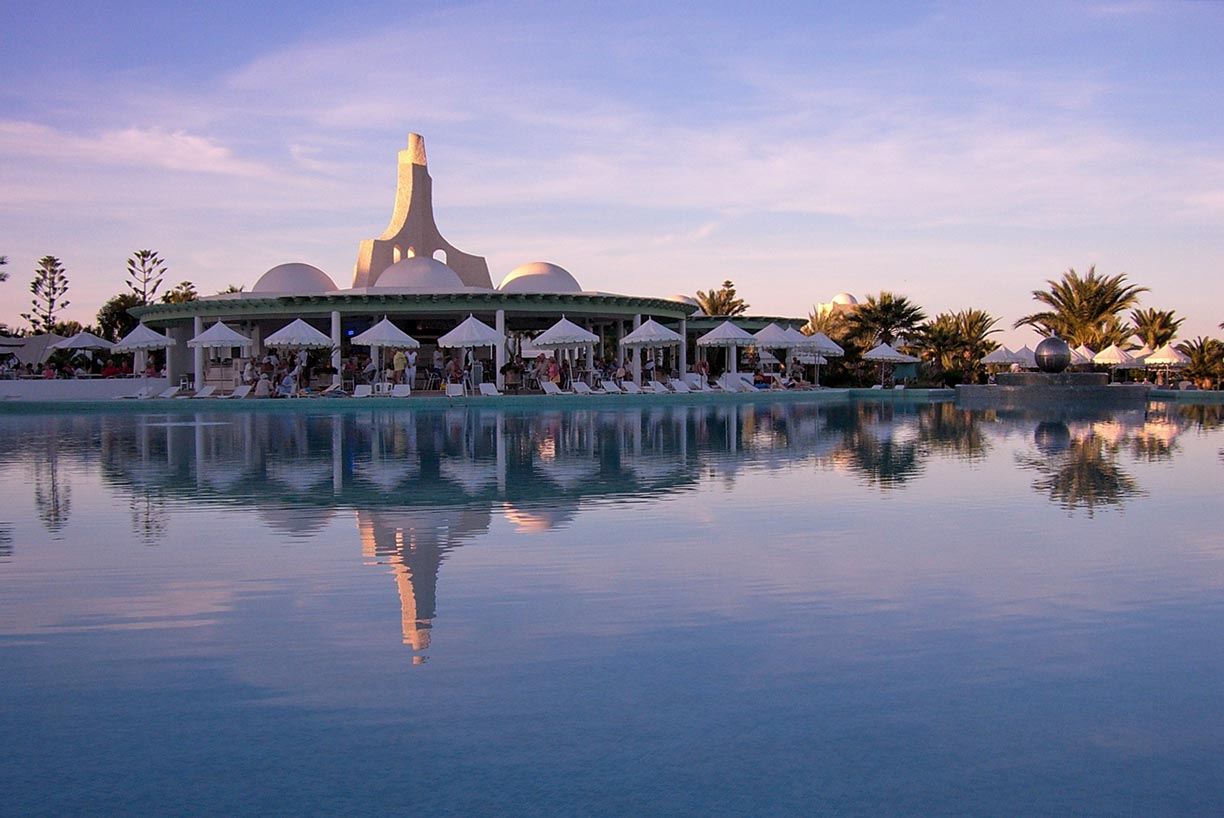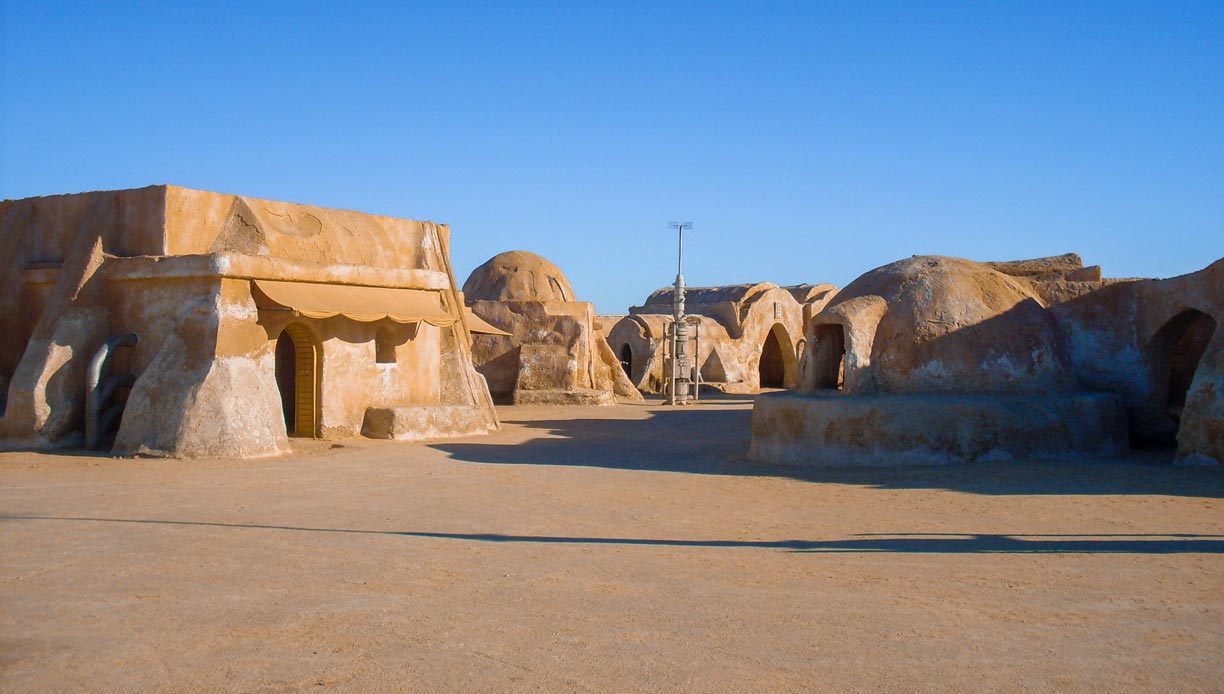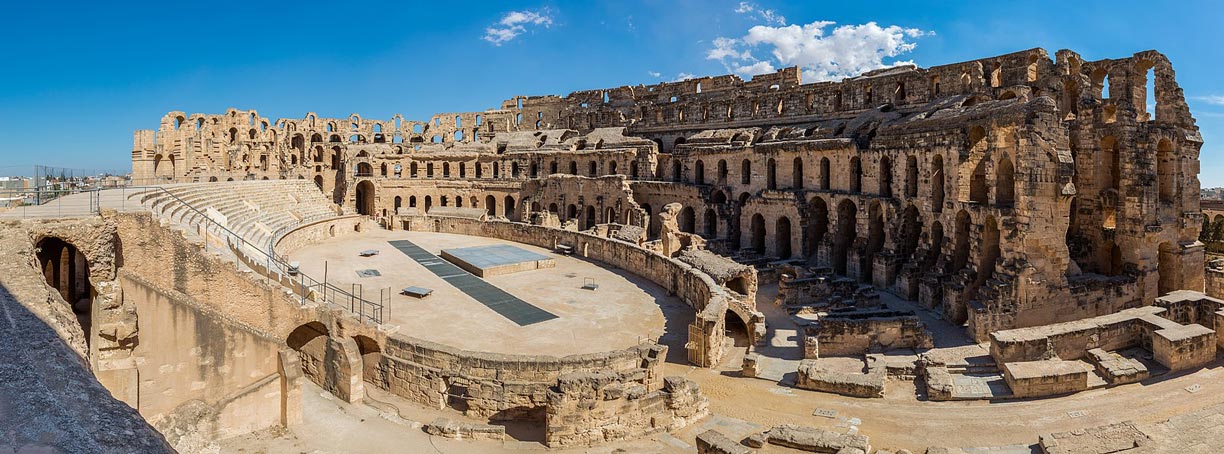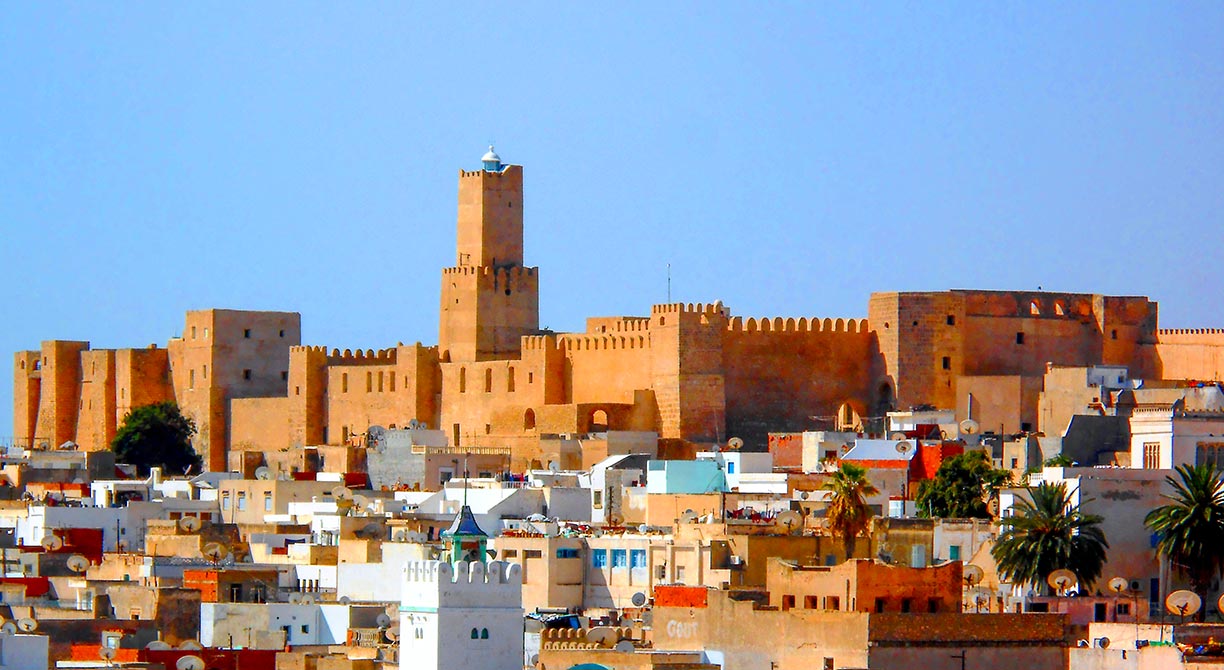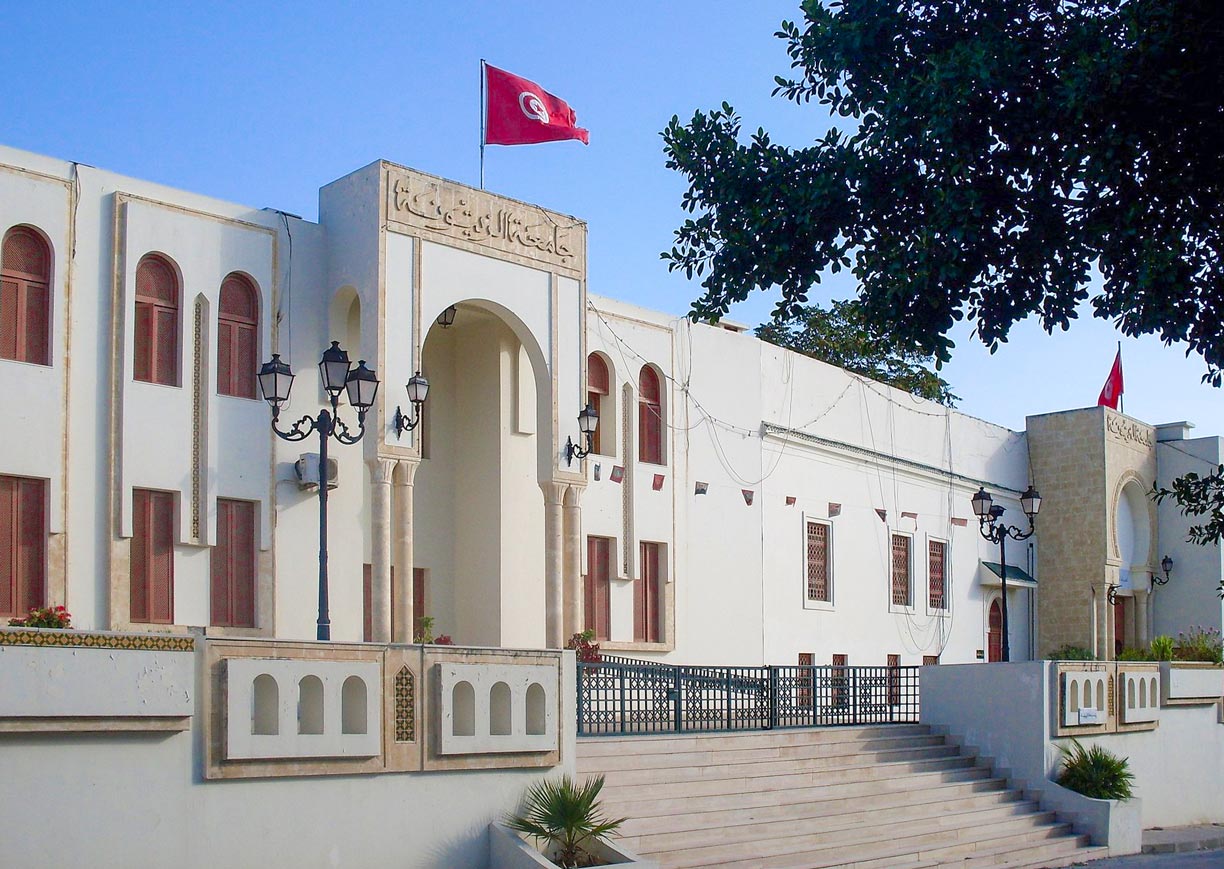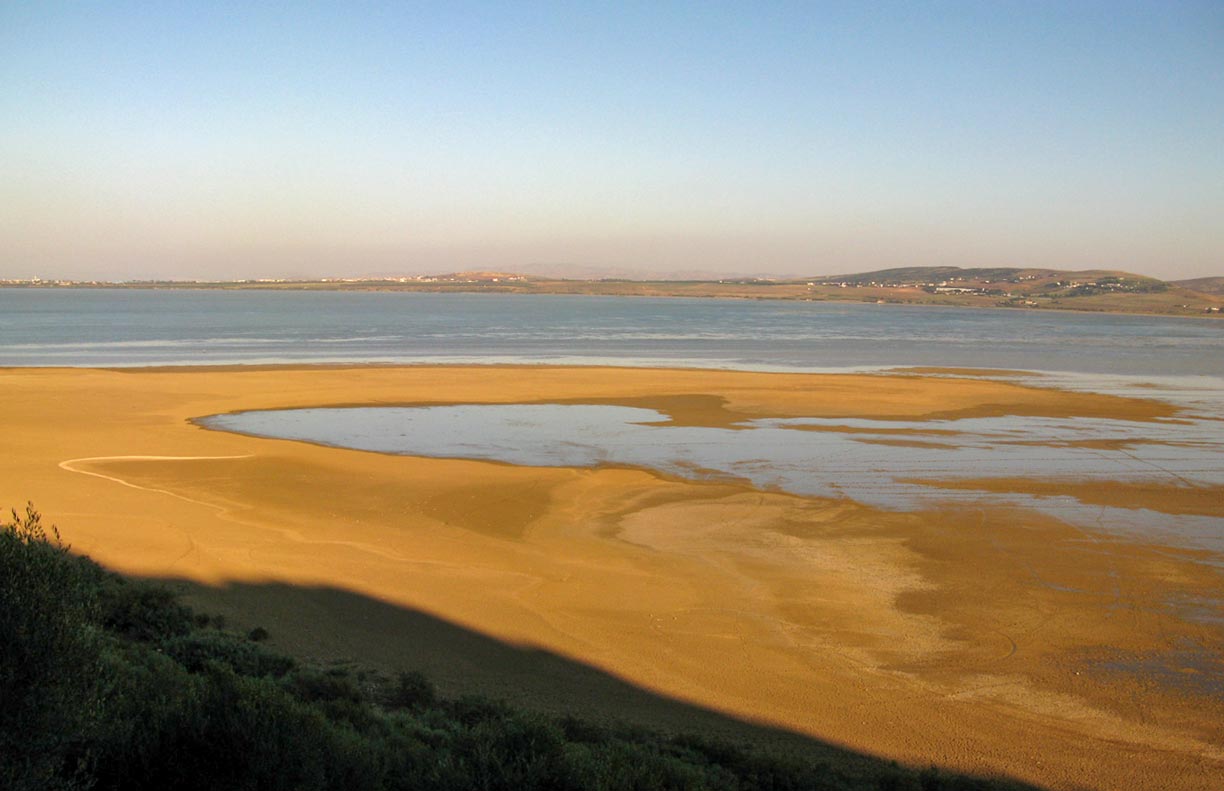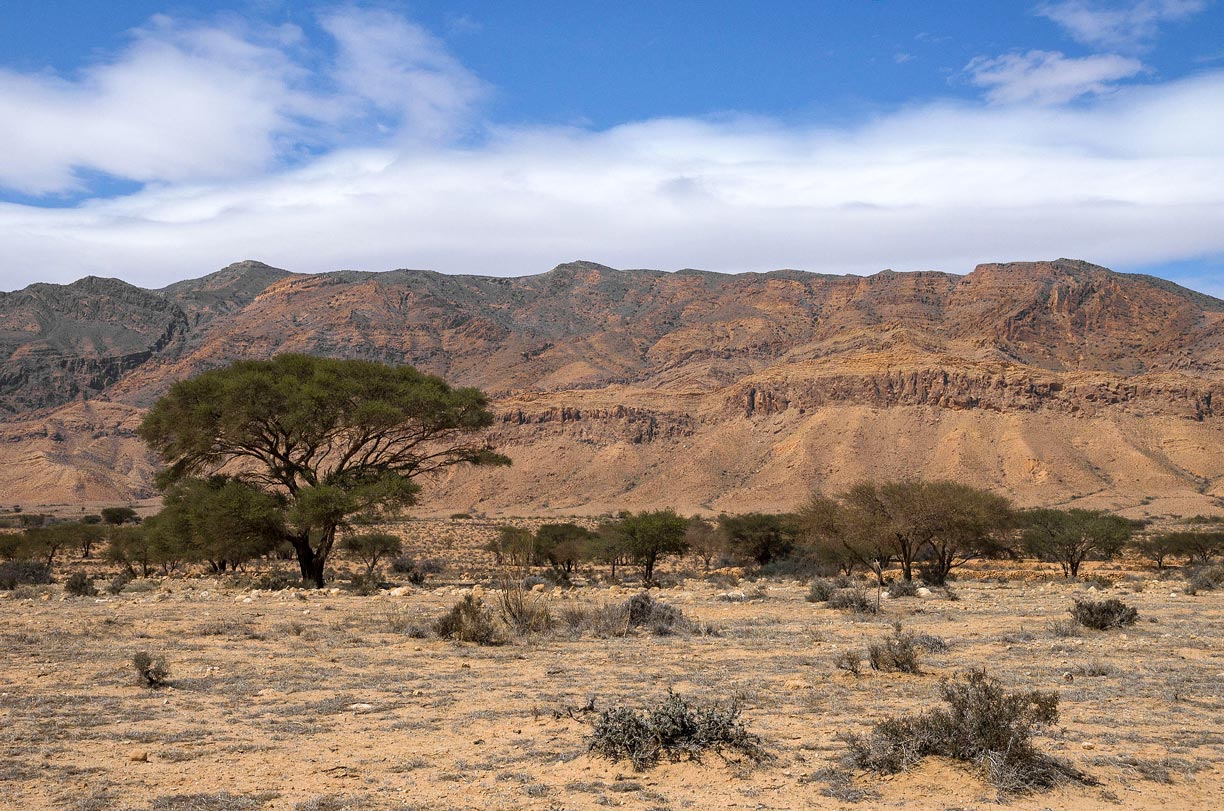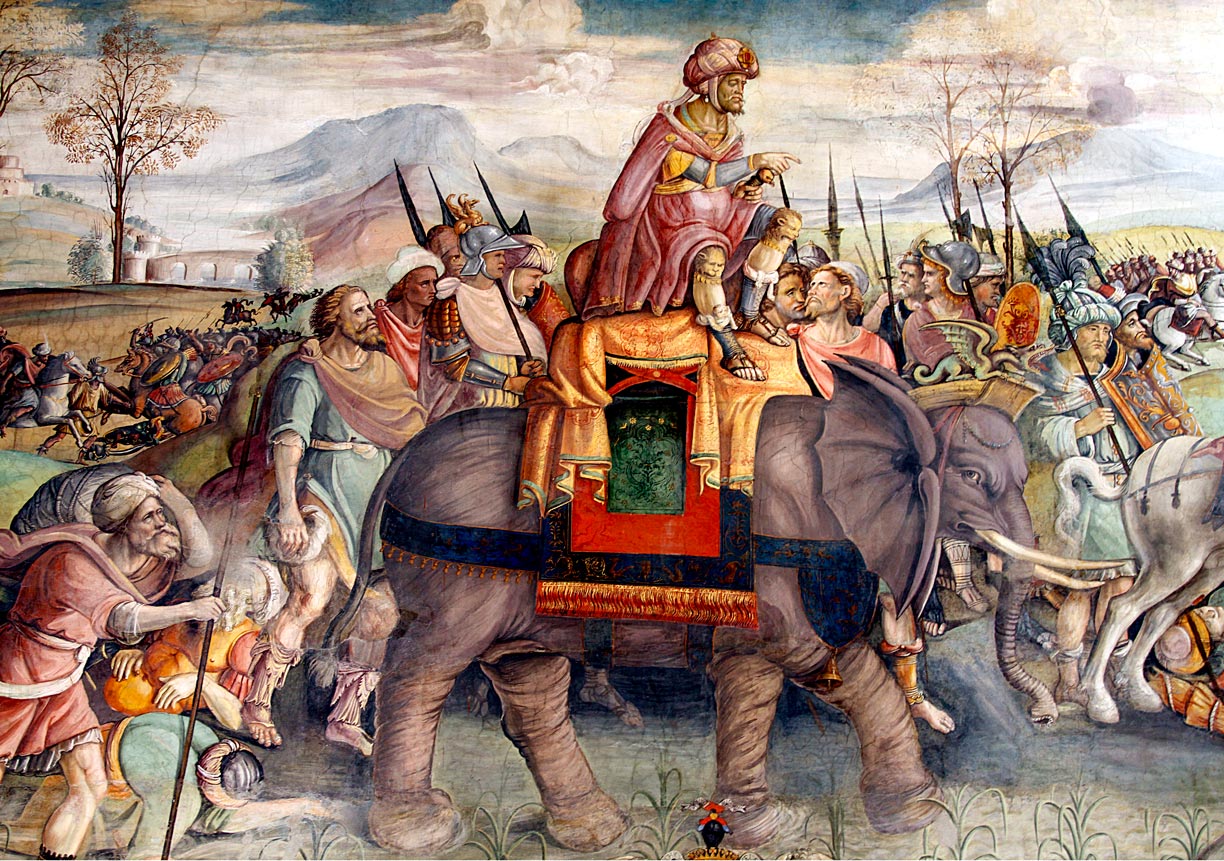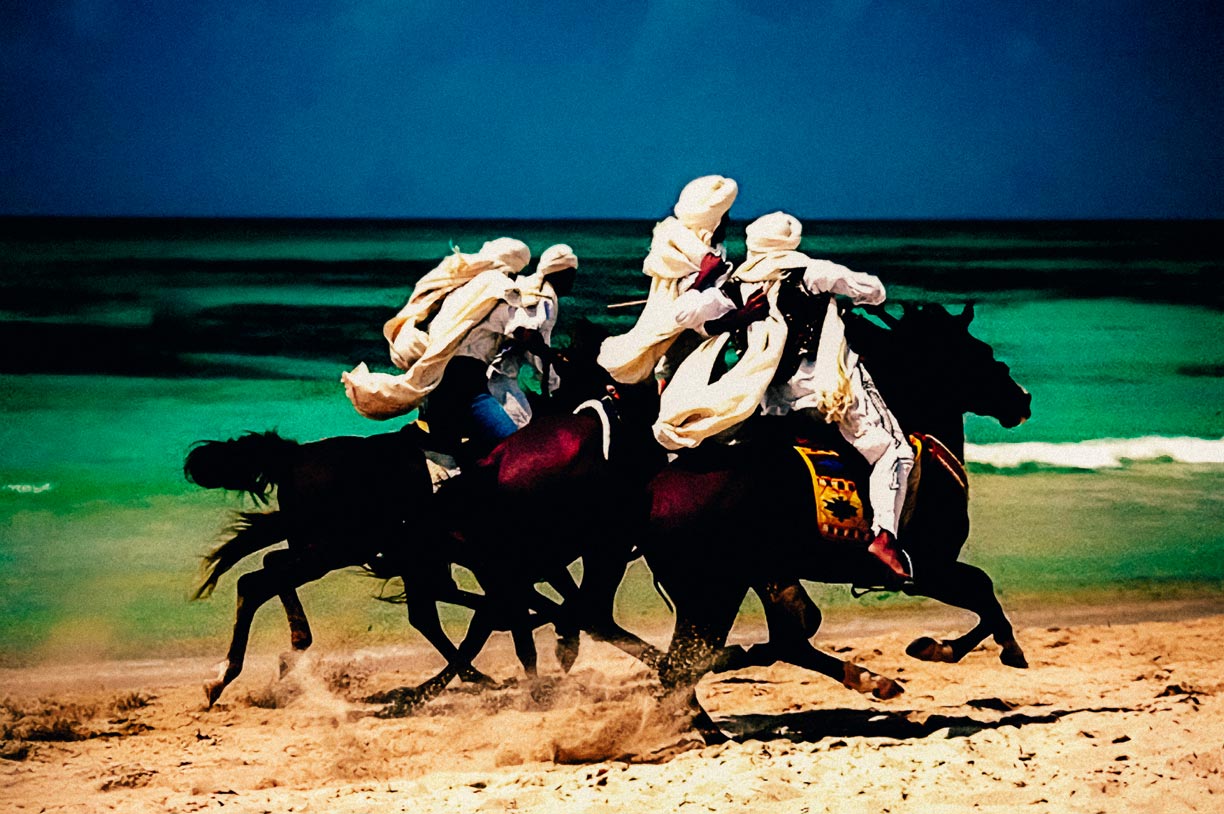Government:
Type: Republic
Independence: 20 March 1956 (from France)
Geography:
Location: Northern Africa, bordering the Mediterranean Sea
Area: 163,610 km² (63,170 sq. mi.)
Terrain: Arable land in the north and along the central coast; the south is mostly semiarid
or desert.
Climate: Hot, dry summers and mild, rainy winters.
People:
Nationality: Tunisian(s).
Population: 11.7 million (2020)
GNI per capita PPP: $ 10,850 (year)
Ethnic Groups: Arab-Berber 98%, European 1%, other 1%.
Religions: Muslim 98%, Christian 1%, Jewish less than 1%.
Languages: Arabic
(official), French.
Literacy: male 77%; female 55%
Natural resources: Petroleum, phosphates, iron ore, lead, zinc, salt.
Agriculture products: Olives, olive oil, grain, dairy products, tomatoes,
citrus fruit, beef, sugar beets, dates, almonds.
Industries: Petroleum, mining, tourism, textiles, footwear, agribusiness,
beverages.
Exports - commodities: clothing, semi-finished goods and textiles, agricultural products, mechanical goods, phosphates and chemicals, hydrocarbons, electrical equipment.
Exports - partners: France 29%,
Italy 17%,
Germany 13% (2019)
Imports - commodities: textiles, machinery and equipment, hydrocarbons, chemicals, foodstuffs.
Imports - partners: France 17%, Italy 16%, Germany 8%,
China 8%,
Algeria 7% (2019)
Currency: Tunisian Dinar (TND)
 Tunisia in Figures
Tunisia in Figures
Tunisia key statistical data.

